In the ever-evolving landscape of digital experience, cumulative layout shift (CLS) has become a core signal in determining page quality. More than just a developer’s metric, CLS directly impacts visual stability in UX, user satisfaction, and ultimately, SEO rankings. As core web vitals SEO continue to define how Google evaluates websites, designers must take a proactive role in understanding and improving web performance metrics.
This article explores why CLS is no longer optional, why designers should care more than developers, and how to reduce layout shift through thoughtful design practices.
What is Cumulative Layout Shift (CLS)?
Cumulative layout shift measures the unexpected movement of content elements during page load. It reflects how visually stable your page appears while loading—essential for creating a seamless experience.
The most common causes include:
- Unspecified image dimensions
- Late-loading fonts or ads
- DOM elements shifting after user interaction
While developers may be responsible for code implementation, designers control the layout decisions that can either prevent or amplify these shifts.
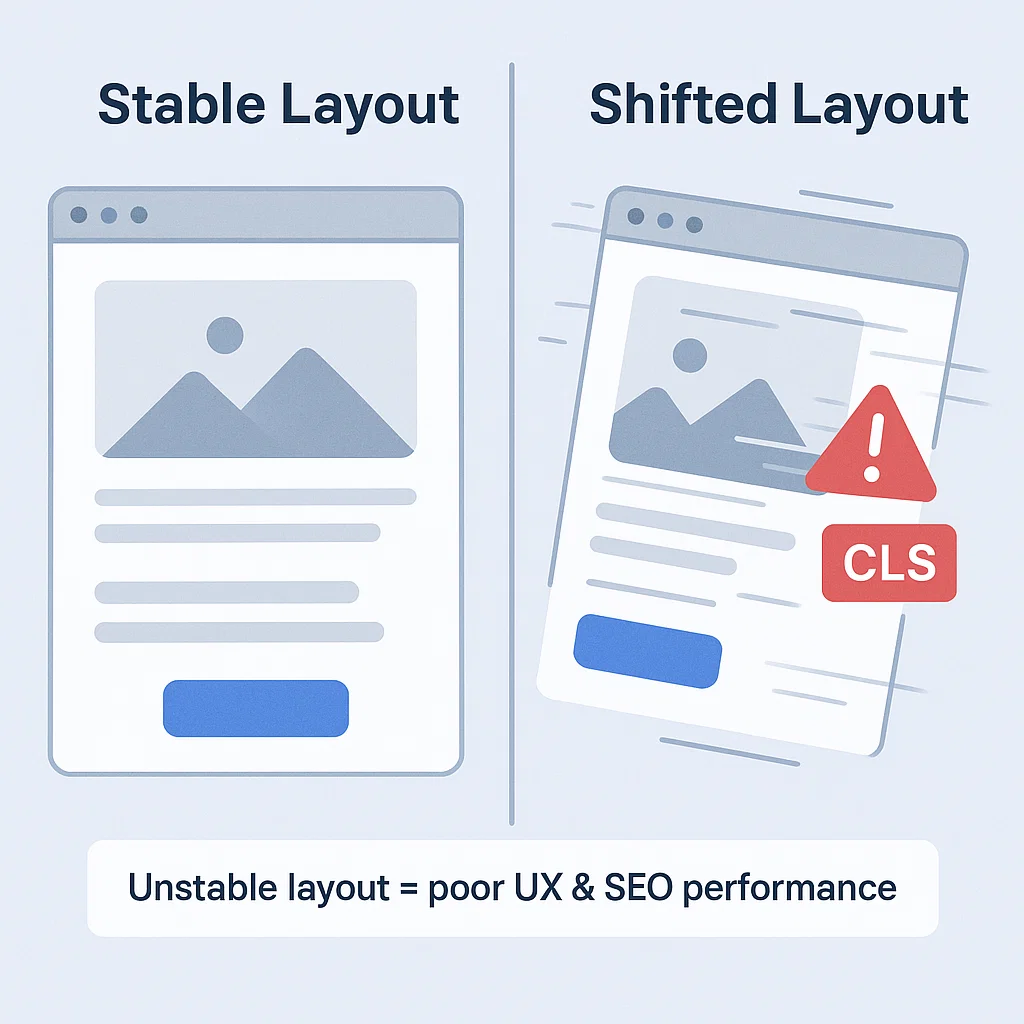
Why Designers Must Lead the Charge
Here’s why CLS should no longer be seen as just a developer’s concern:
- Design drives layout behavior: Misaligned grids, oversized media, or unprioritized assets often originate in design files.
- First impressions depend on visual stability in UX: Even a minor shift can frustrate users and create a sense of unreliability.
- SEO performance is now tied to design: Since Google made core web vitals SEO a ranking factor, poor CLS can directly impact visibility.
Designers should work collaboratively with developers, ensuring that their UI decisions translate into stable, predictable experiences.
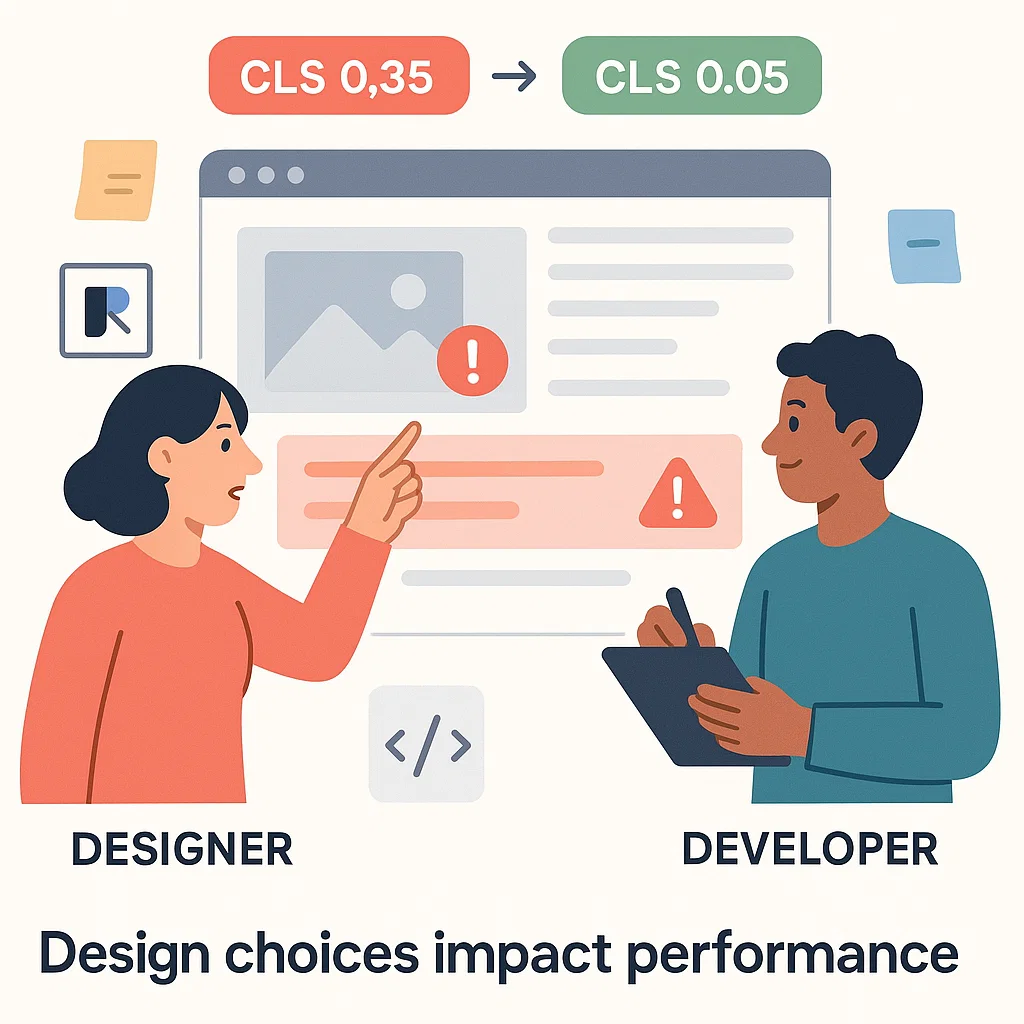
CLS and Core Web Vitals SEO: The Link is Clear
CLS is one of three key metrics in Google’s Core Web Vitals, alongside LCP (Largest Contentful Paint) and FID (First Input Delay). It plays a unique role by representing how users perceive the experience, not just how fast it loads.
Here’s how CLS affects your web performance metrics:
- A high CLS score = low perceived quality
- Poor UX leads to reduced conversions and engagement
- Search engines demote content with poor vitals
If you’re unsure whether your site design supports performance, our experts at Webie can help optimize both the UX and technical aspects of your interface.
How to Reduce Layout Shift Through Design
Thankfully, how to reduce layout shift starts in the design phase. Here are a few best practices designers should adopt:
- Always define image and video dimensions
- Reserve space for ads or dynamic content
- Avoid inserting elements above the fold late
- Use system fonts or preload web fonts
- Design skeleton states to indicate loading zones
Incorporating these habits ensures fewer surprises during development and a smoother experience for the user. For tips on aligning design specs with developer handoff, explore our article on streamlining design for development.
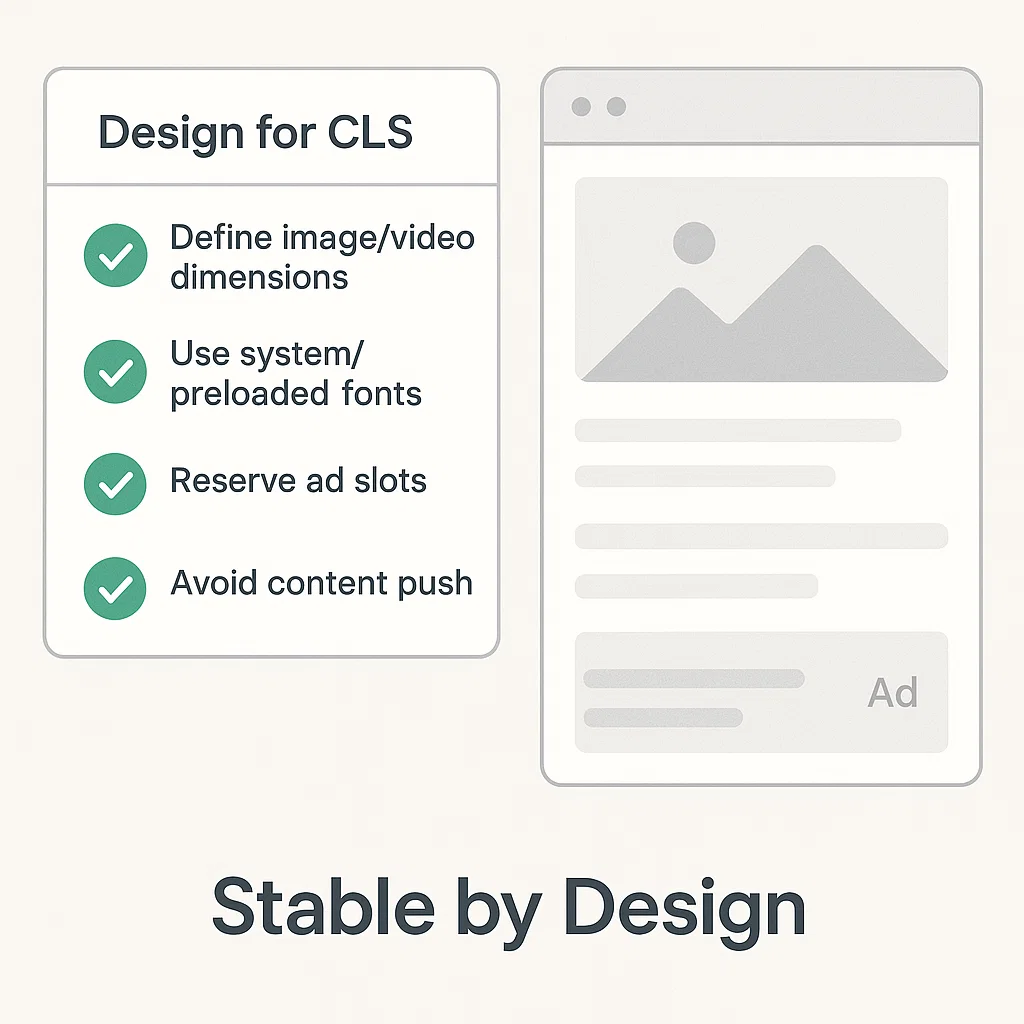
When Designers and Developers Collaborate
The best outcomes happen when design and development speak the same performance language. For CLS improvement:
- Use Figma plugins like “Design Lint” or “Layout Checker”
- Share performance goals in early sprint planning
- Include CLS audits in design QA phases
When visual stability becomes a shared goal, not just a developer checklist, you gain better synergy—and better SEO outcomes. At Bozzabench, we emphasize performance-led design in every project we support.
Final Thoughts
Cumulative layout shift is no longer just a technical afterthought—it’s a design responsibility. From how banners are placed to how carousels animate, every design choice affects how users perceive stability. As web performance metrics and core web vitals SEO continue to evolve, designers who proactively reduce CLS will not only improve usability but also elevate search performance.
Don’t wait until development to fix layout issues. Build for stability from your very first wireframe—and design experiences that don’t just look good but feel good.















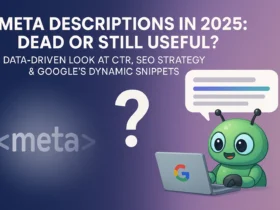







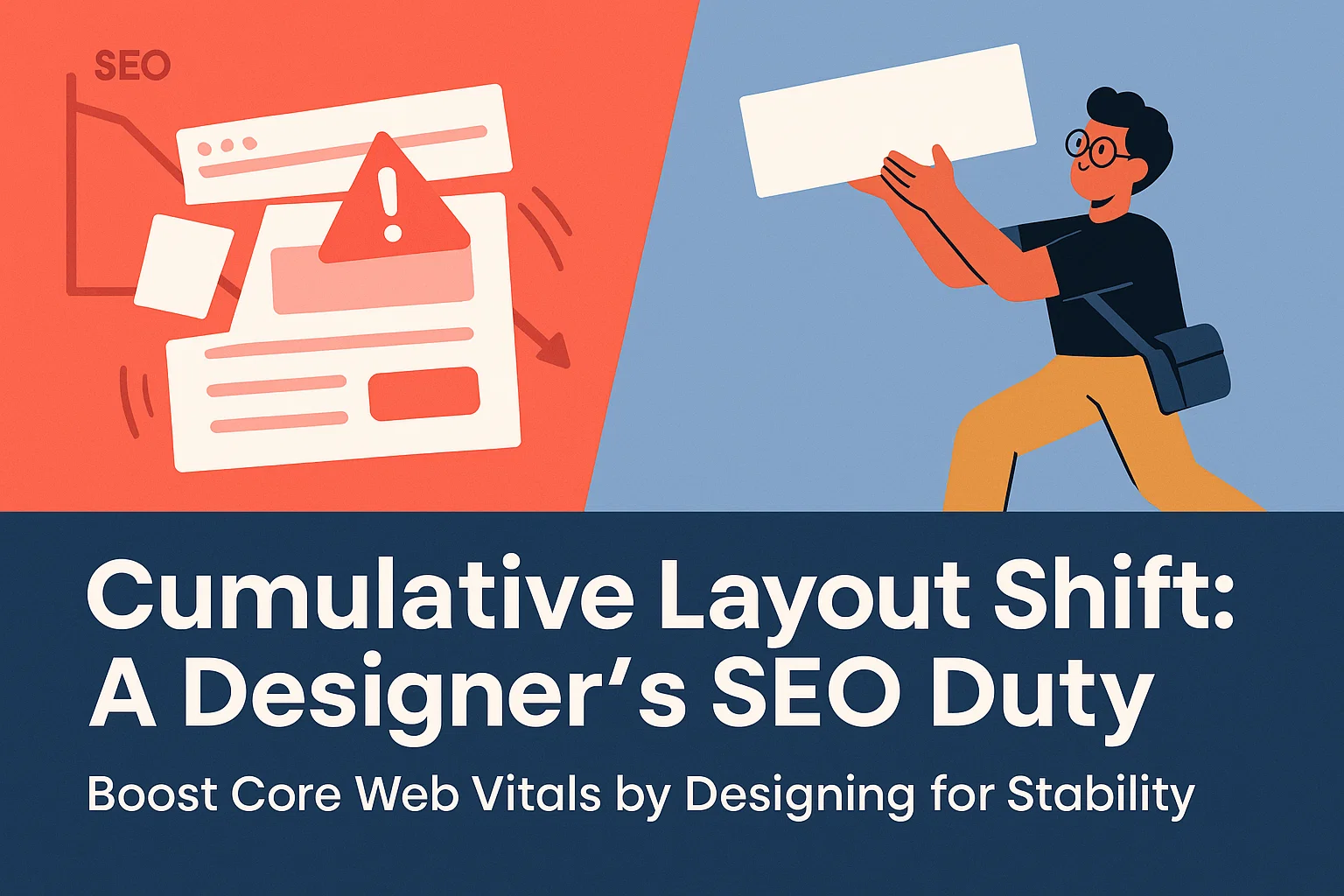

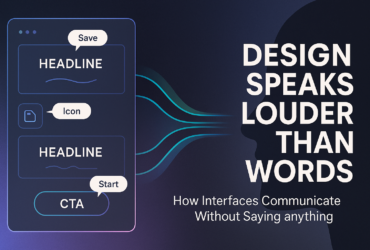

Leave a Reply